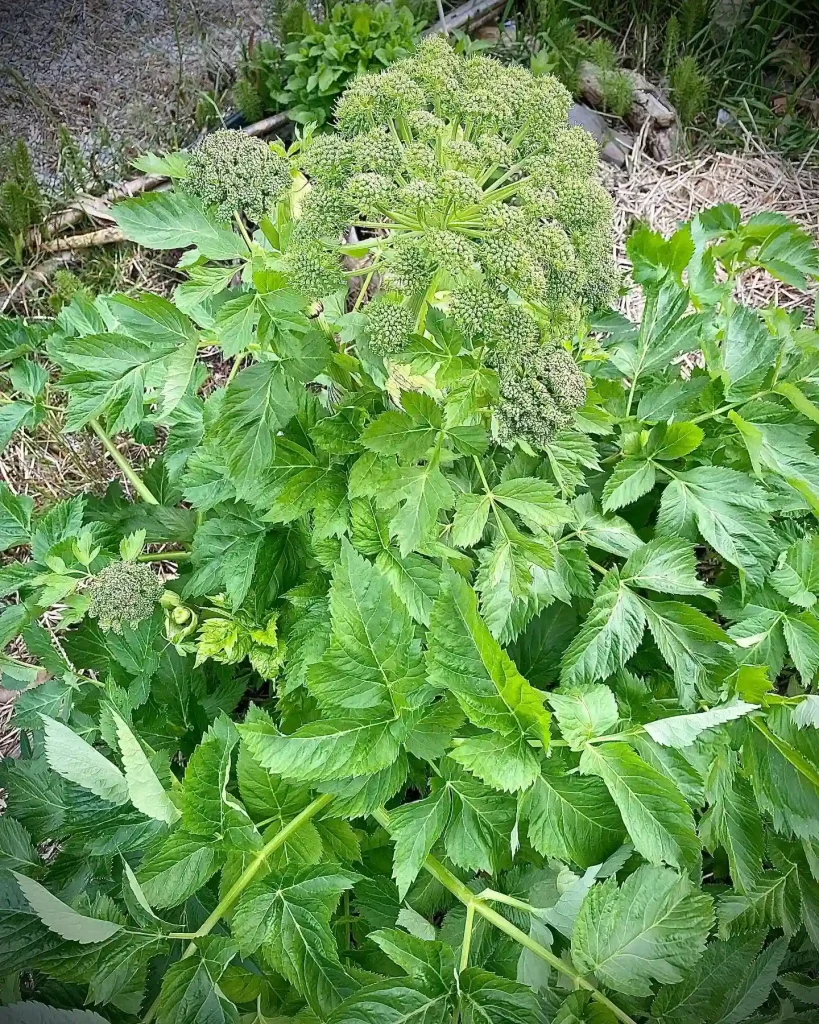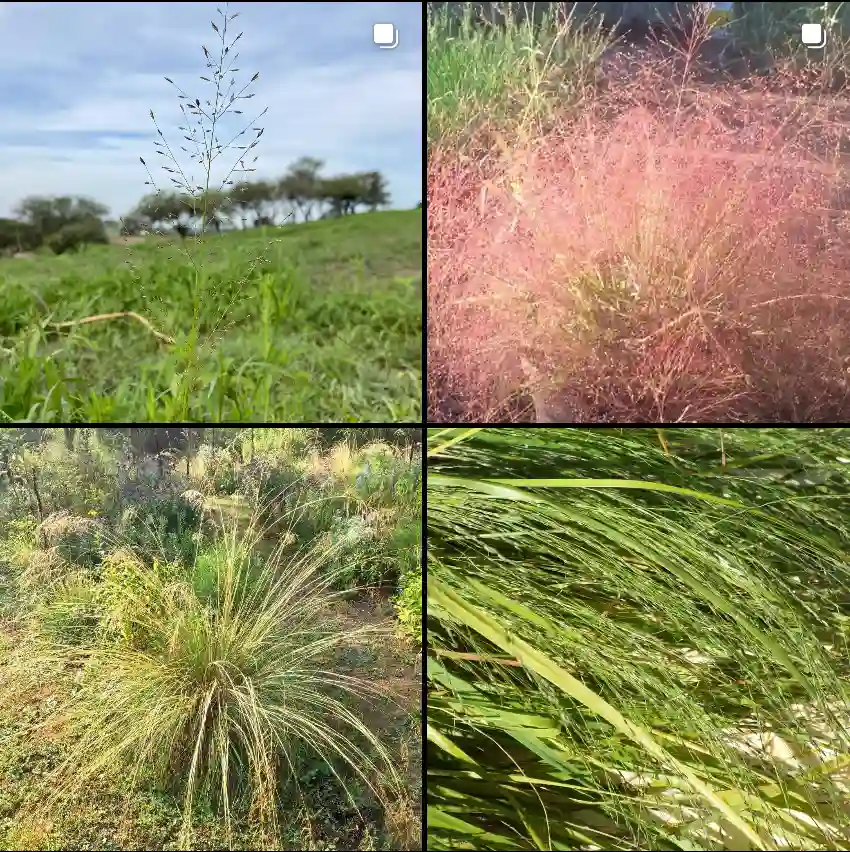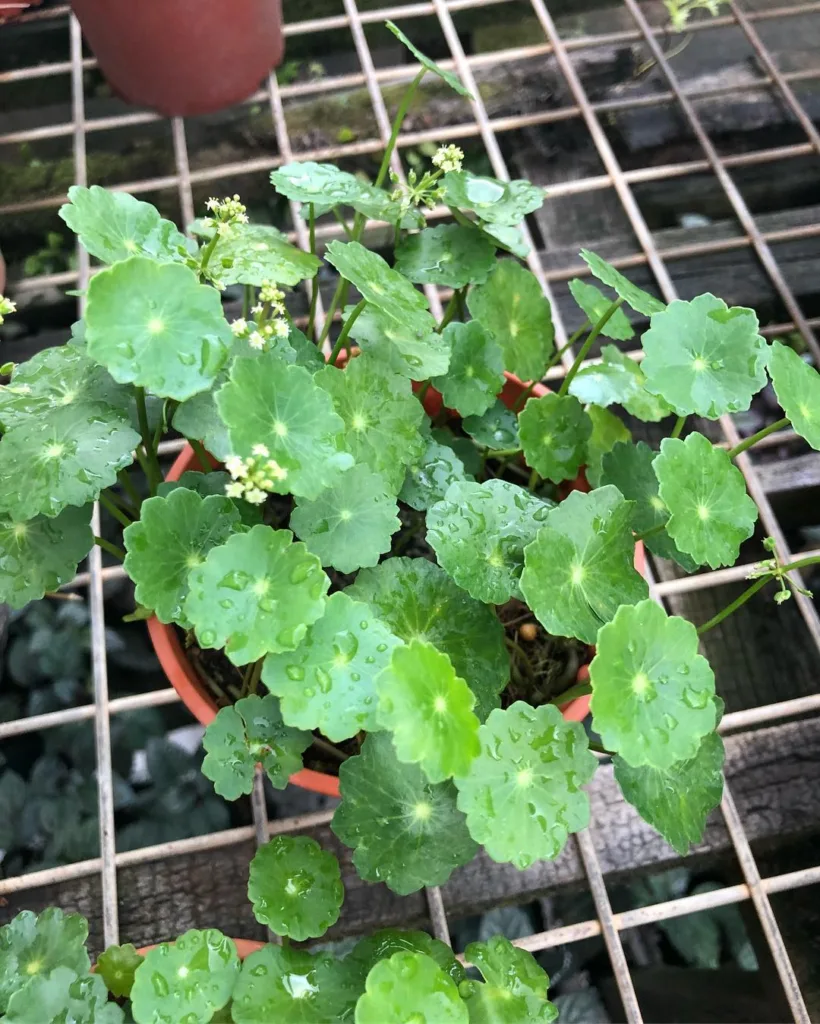FAQs About Anigozanthos Flavidus
As someone who enjoys a diverse range of plants, I’ve had my share of experiences with Anigozanthos Flavidus, commonly known as the Tall Kangaroo Paw. Here’s a detailed FAQ guide based on my personal insights and experiences with this striking plant.
11 Species in Genus Anigozanthos – Kangaroo Paw Plant
What Is Anigozanthos Flavidus?
Anigozanthos Flavidus, or Tall Kangaroo Paw, is a unique plant native to Western Australia. It’s renowned for its vibrant yellow flowers that resemble a kangaroo’s paw, which is how it got its name. The plant belongs to the Haemodoraceae family and is known for its hardy nature and distinctive appearance.
How to Care for Anigozanthos Flavidus?
Caring for Anigozanthos Flavidus can be quite rewarding, especially if you enjoy plants that add a splash of color to your garden. Here are some key care tips based on my experience:
- Sunlight: This plant thrives in full sun. Aim to provide it with at least 6 hours of direct sunlight each day. It can tolerate partial shade but won’t flower as abundantly.
- Soil: It prefers well-draining soil. I’ve had great success with a sandy loam mix or adding coarse sand and gravel to improve drainage.
- Watering: Anigozanthos Flavidus is relatively drought-tolerant once established. Water it moderately, allowing the soil to dry out between waterings. Overwatering can lead to root rot.
- Fertilization: Feed it with a balanced, slow-release fertilizer during the growing season. I typically use a 10-10-10 fertilizer, applying it every 6-8 weeks.
- Pruning: Deadhead spent flowers regularly to encourage new blooms and maintain the plant’s appearance. Remove any dead or damaged leaves to keep it looking its best.
How to Propagate Anigozanthos Flavidus?
Propagating Anigozanthos Flavidus can be a fun and straightforward process. Here’s how I go about it:
- Seed Propagation: Collect seeds from mature flowers and sow them in a seed tray filled with a seed-raising mix. Keep the tray in a warm, sunny spot and ensure the soil stays moist but not waterlogged. Germination can take several weeks.
- Division: Another effective method is dividing the plant. In early spring or late summer, carefully dig up the plant and separate the clumps into smaller sections, making sure each section has roots. Replant the divisions in well-draining soil.
What to Plant With Anigozanthos Flavidus?
Pairing Anigozanthos Flavidus with complementary plants can enhance its visual appeal. In my garden, I’ve found these combinations work well:
- Native Grasses: Grasses like Lomandra or Dianella provide a contrasting texture and highlight the Kangaroo Paw’s unique shape and color.
- Succulents: For a low-maintenance option, combine it with succulents such as Echeveria or Sedum, which offer different textures and colors.
- Other Flowering Plants: Consider planting it alongside other Australian natives like Grevillea or Callistemon. Their colors and forms create a vibrant, dynamic garden display.
Is Anigozanthos Flavidus Toxic?
No, Anigozanthos Flavidus is not toxic to humans or pets. I’ve had it in my garden alongside various pets and haven’t encountered any issues. However, it’s always a good idea to prevent pets from chewing on plants, as ingestion can sometimes lead to minor digestive upset.
Benefits of Anigozanthos Flavidus
In addition to its aesthetic appeal, Anigozanthos Flavidus offers several benefits:
- Drought Tolerance: It’s well-suited to dry climates and requires minimal water once established, making it an excellent choice for low-maintenance gardens.
- Attracts Pollinators: The bright yellow flowers attract bees and other beneficial insects, which can help pollinate other plants in your garden.
- Unique Appearance: Its unusual flower shape and striking color make it a conversation piece in any garden setting.
Common Problems with Anigozanthos Flavidus
Despite its hardy nature, Anigozanthos Flavidus can encounter a few issues:
- Root Rot: Overwatering is a common problem. Ensure good soil drainage and avoid waterlogging.
- Pests: Watch out for pests like aphids and spider mites, especially during dry conditions. Regularly inspect the plant and treat with appropriate insecticides or natural remedies if needed.
Compare with Other Similar Plants
If you’re considering alternatives or comparing Anigozanthos Flavidus with other plants, here’s a quick rundown:
- Anigozanthos ‘Bush Ranger’: This variety offers similar bright colors but tends to have a more compact growth habit.
- **Kangaroo Paw (Anigozanthos ‘Big Red’) **: This variety features red flowers and can be a striking contrast to the yellow blooms of Anigozanthos Flavidus.
- Banksia: Another Australian native, Banksia has a different flower structure but shares a similar hardiness and appeal.
In summary, Anigozanthos Flavidus, or Yellow Kangaroo Paw, is a stunning and versatile plant. With the right care, it can add vibrant color and texture to your garden, while being relatively low-maintenance. Whether you’re growing it from seeds or divisions, pairing it with complementary plants, or addressing common issues, this plant offers plenty of opportunities to enhance your garden.




